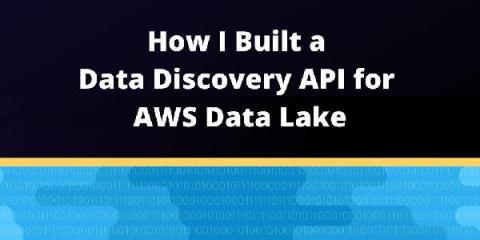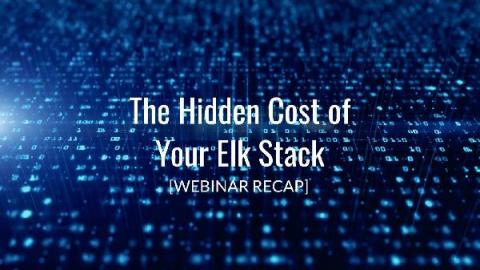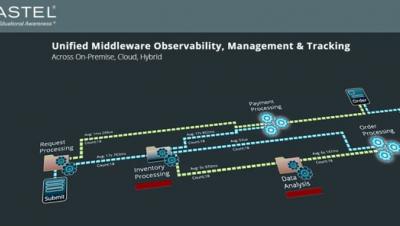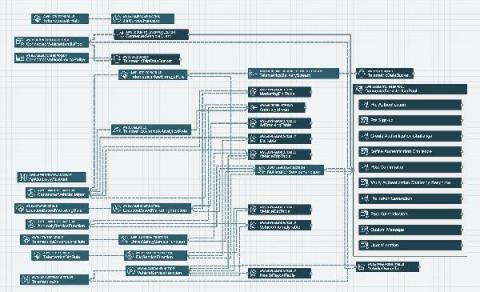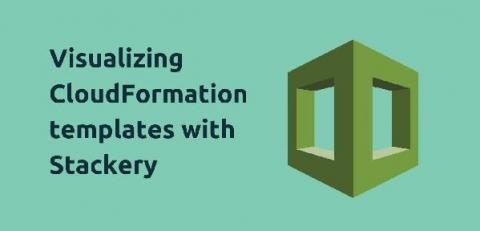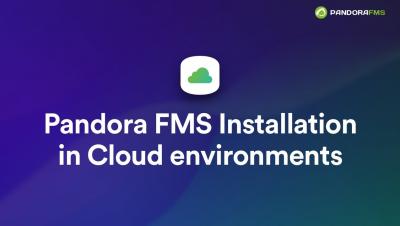How I Built a Data Discovery API for AWS Data Lake
This simple FastAPI service will help you find data in a data lake Data lakes provide a myriad of benefits. They are data agnostic and don’t require you to define a schema upfront. However, without a proper structure, it may be challenging to find the data that you need. In this article, we’ll address this problem by creating a FastAPI abstraction allowing us to query the AWS Glue metadata catalog.


